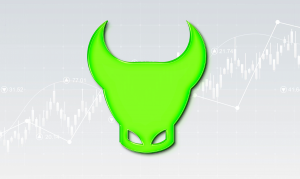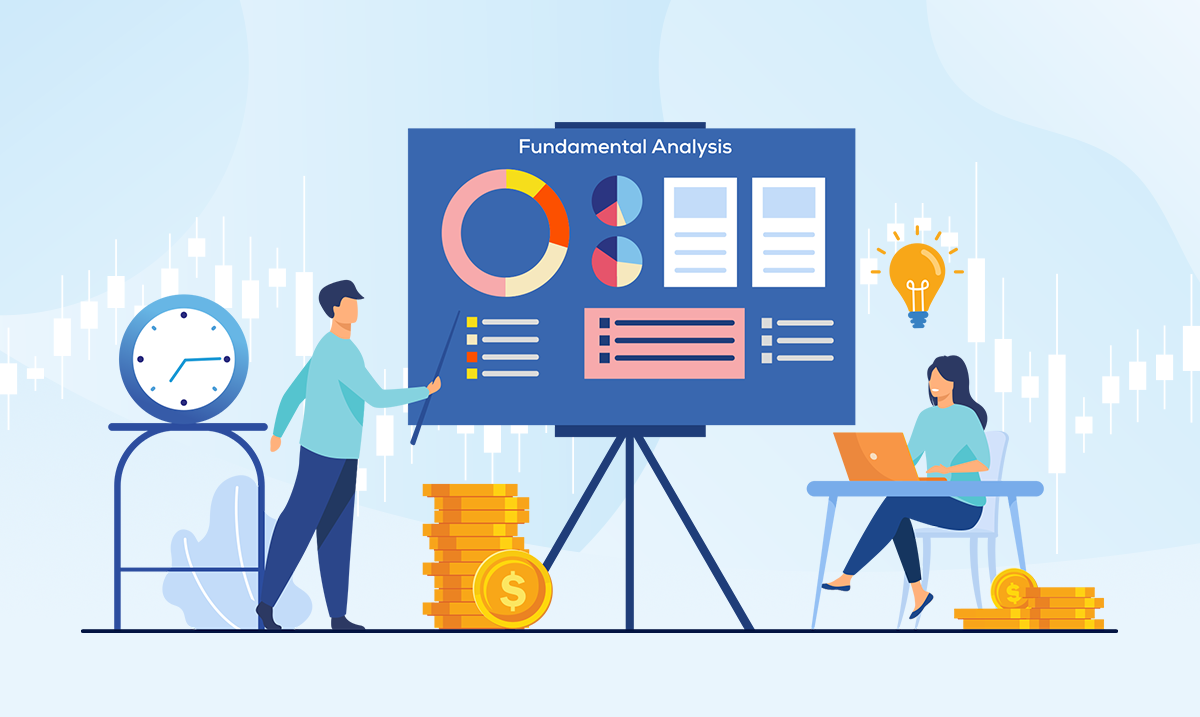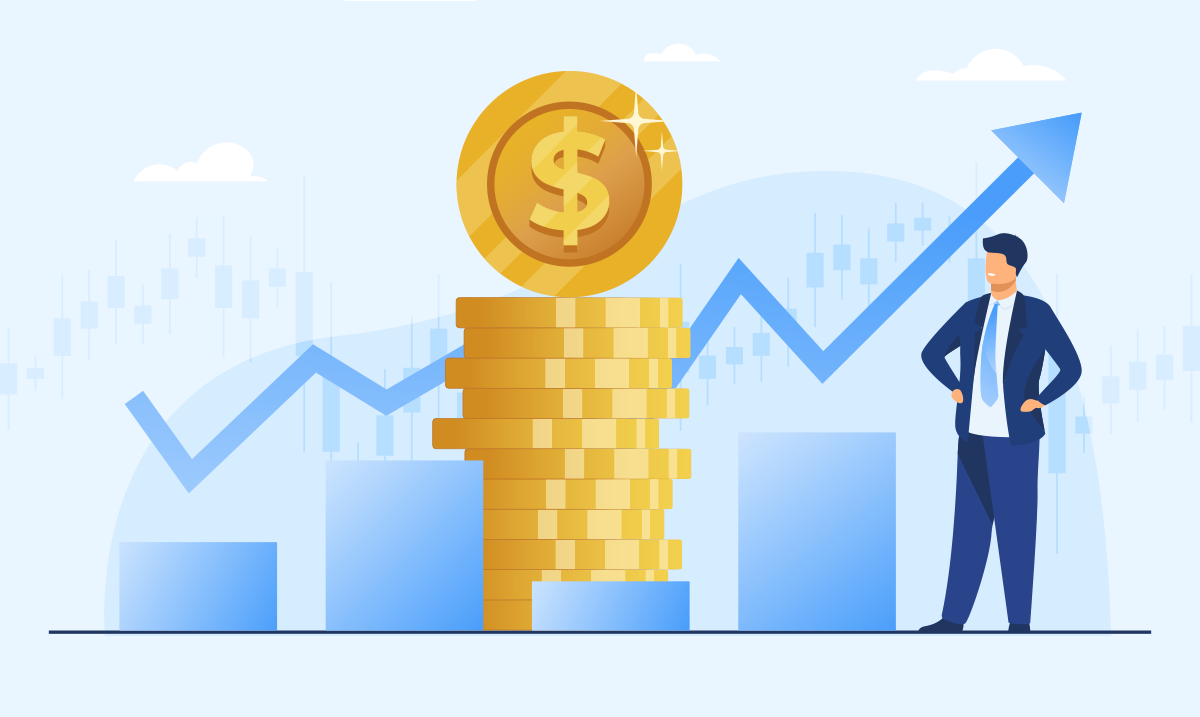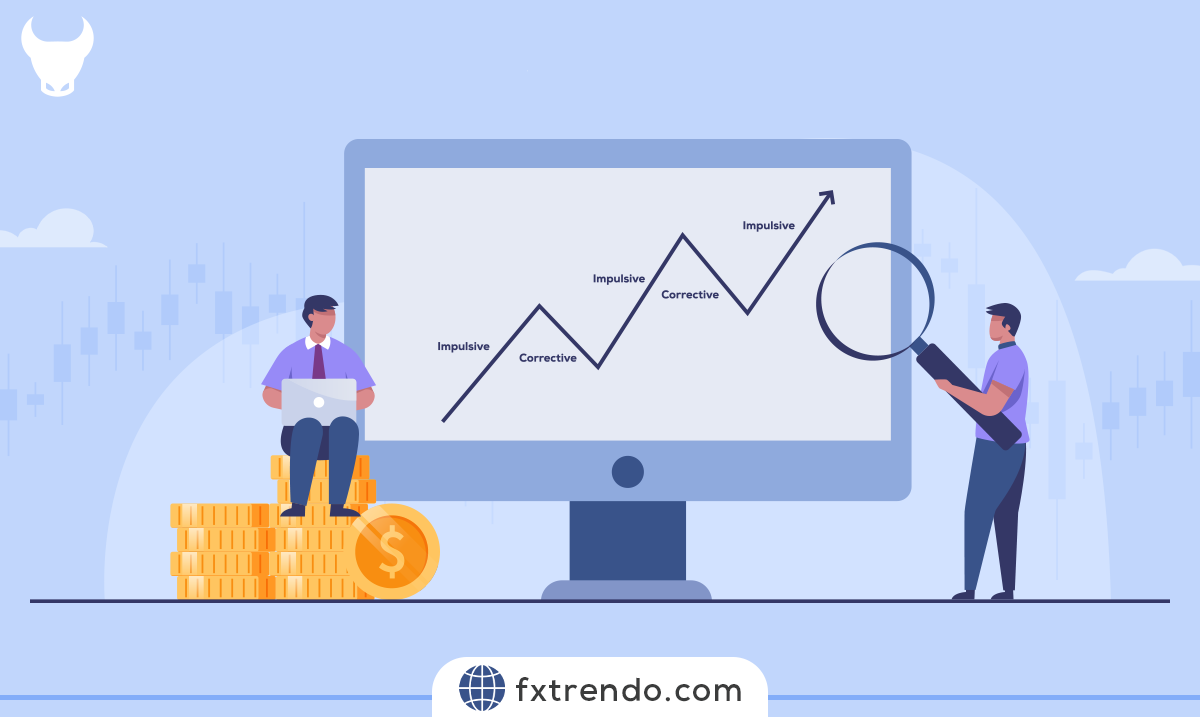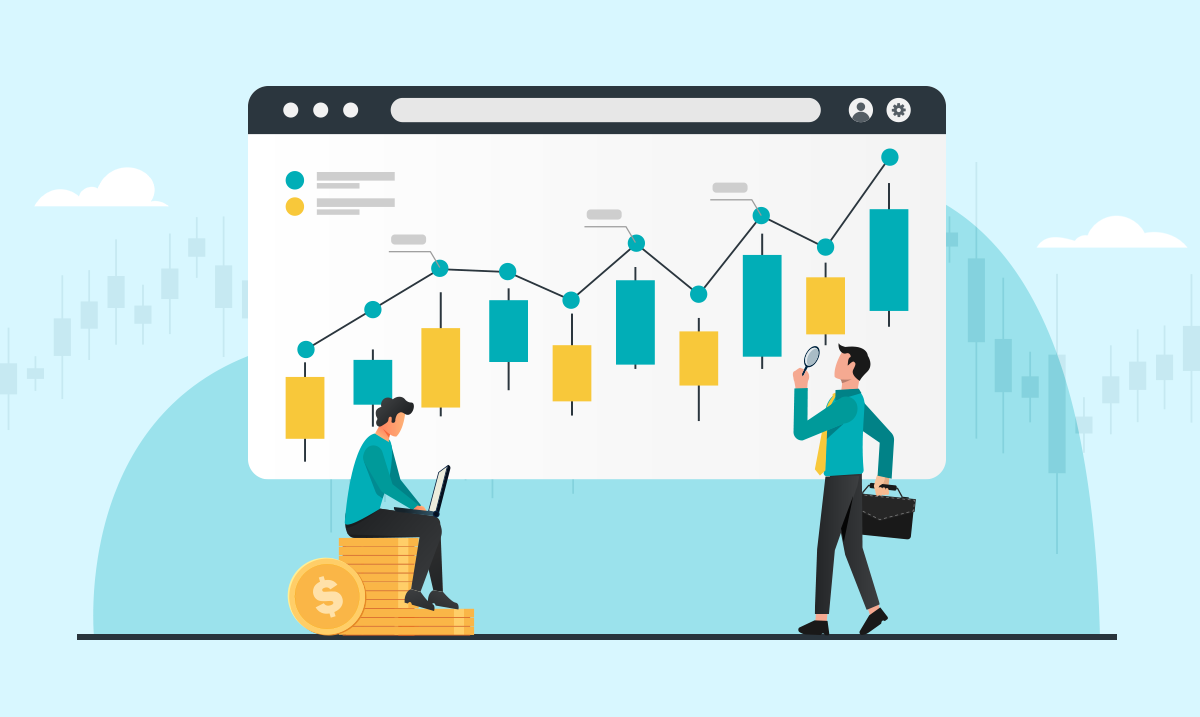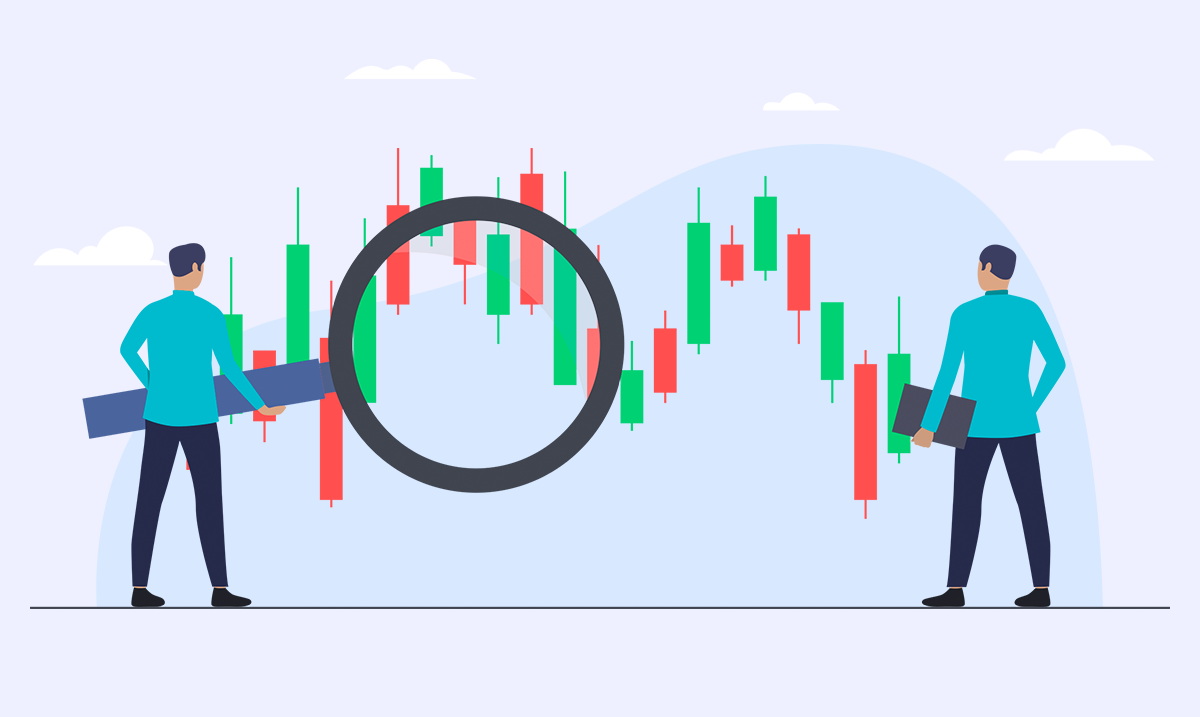What is the PMI Index in the Forex Economic Calendar?


Forex is a complex market in which we need a deep understanding of various technical and fundamental aspects to be successful. The Purchasing Managers' Index (PMI) is a significant aspect for traders. PMI stands for Purchasing Managers Index, which is a leading economic indicator for the manufacturing and service sectors. PMI is used in forex to gauge the economy's health and predict future economic trends, providing valuable insights to traders. We will analyze the concept of PMI in forex and its importance in this article.
Contents
What is PMI?
The PMI is a survey-based economic indicator that measures business executives' sentiments about current and future economic conditions. The index is calculated by collecting data from business managers of various companies, asked to provide information about their business performance, such as production, new orders, employment, and inventory. The collected data is expressed as a number that represents the overall economic activity in the manufacturing and service sectors.
The PMI is a monthly survey sent to chief executives of more than 400 companies in 19 major industries. Industries and companies are selected based on their contribution to GDP, respectively. These surveys include questions about business conditions and any changes. Hence, traders should observe this data and wait for its official release.
A PMI above 50 indicates that the economy is expanding, while a number below 50 indicates that the economy is contracting. The higher the PMI index, the more positive the economic outlook, and the lower the PMI index, the more negative the outlook.
The PMI index Calculation
PMI is a number from 0 to 100, but we need to know how we reach these numbers. PMI is calculated using the following formula.
PMI = (P1 * 1) + (P2 * 0.5) + (P3 * 0)
where in it:
P1 = percentage of responses indicating improvement.
P2 = percentage of responses indicating no change.
P3 = percentage of responses that state worsening conditions.
The percentage indicating the worsening of conditions has a coefficient of zero. Therefore, it is always zero, but the larger the value of P3, the lower the weight of the first two factors, so the total value of PMI decreases. If P3 equals 100%, the PMI index will be zero.
Using PMI in Trading Decisions
PMI data is a critical decision-making tool that influences investment managers greatly in various sectors. Let's consider a car manufacturer, where production decisions are based on new orders expected from customers in the coming months. It makes them buy dozens of parts and raw materials such as rubber and plastic. Property inventory rules also determine the amount of production a manufacturer needs to fill new orders and maintain a certain amount of inventory at the end of the month. From the supplier's viewpoint, PMI data is the most important. A parts supplier to a manufacturing company estimates the demand amount it may receive from these companies based on the PMI. Because of this, suppliers charge more for their parts. New order data is closely related to PMI. For example, if new orders are increasing, the manufacturing company may increase the price of its products and accept the high cost of parts. A company also uses PMI to plan annual budgets, monitor employees, and manage cash flow.
PMI Economic Reports
PMI's economic reports and related data are published monthly by the Institute for Supply Management (ISM), which are very useful for manufacturers and investment managers. The ISM tracks changes in production levels from month to month and is the core of the production report. This measure is one of the most basic indicators of economic activity that investors and economists receive regularly. The institute also publishes a six-monthly report in May and December. When this figure rises, investors anticipate a bullish market reaction to data seen in the currency and stock markets.
PMI Data Analysis
Analyzing PMI data is very easy, where we only need to look at the number and compare it with previous announcements. A PMI above 50 indicates growth or expansion of the manufacturing sector. An announcement of the number 50 indicates that the number of producers reporting good business equals producers reporting bad business. If the PMI index is above 50 for a while, it represents the entire economy's development. Any number below 50 indicates contractionary conditions in the manufacturing sector, and most businesses do not expect good business in the future.
Read More: The Federal Reserve interest rates effect on Forex trading
The PMI index impact on the currency value
Traders and investors globally closely monitor the PMI, which influences their investment decisions greatly. When this number is more than 50 in the last few quarters, it indicates the economy's growth, which increases the currency's value. If this number remains below 50, it indicates the economy is in recession. Investors will not be interested in investing in countries whose economy is in recession, which leads to the currency's depreciation.
PMI index information Sources
Information sources for the PMI index are available on the official website of ISM, which also provides a comprehensive analysis. You can also find this data on some open-source economic websites and financial journals.
GBP – https://tradingeconomics.com/united-kingdom/composite-pmi
AUD – https://tradingeconomics.com/australia/composite-pmi
USD – https://tradingeconomics.com/united-states/composite-pmi
EUR – https://tradingeconomics.com/euro-area/composite-pmi
NZD – https://tradingeconomics.com/new-zealand/composite-pmi
How the PMI index affects the forex currency pairs' price after the news release
Investors consider the PMI Index a leading indicator of a country's economic health. This index is highly significant for international investors. The PMI is also the main indicator of GDP growth. Central banks use PMI surveys when formulating monetary policy, which is reflected in the interest rate setting.
Read More: What is Gross Domestic Product (GDP) in Forex Economic Calendar?
When forecasting GDP growth time comes, a number above 50 is considered a measure of economic development. Conversely, a number below 50 indicates that the economy is heading into recession. Since this measure is a significant indicator for most people related to the economy and the financial sector, it will greatly impact a currency's value.
Further, in this article, we analyze the effect of PMI on different currency pairs and identify the volatility caused by the news announcement. We will look at the Eurozone PMI data released in June (May as the reference month). The image below shows the previous, forecast, and the latest PMI announcement, where we see a big increase in this figure from the last month. Let's find out whether the market receives the data positively or negatively.




Let's start with the EUR/USD currency pair to see the volatility caused by news releases. The image above shows the price behavior before the announcement, where the market is in a strong uptrend. We will look to buy the currency pair after the correction to the support or demand level. At this point, we should not have any position in this currency pair.


After the news announcement, we see upward fluctuations. As the PMI data was very positive for the economy compared to the previous data, traders bought the currency and pushed the price higher. PMI data had a positive impact on the currency pair. You must be cautious about buying here, as the overall PMI is still below 50.




The images above show the EUR/JPY currency pair, where we can see that the price is continuously rising with minimal corrections before the announcement. It means that the upward trend is very strong. From a "trading" viewpoint, a similar approach will follow here as with the previous currency pair, where we are looking to buy currency pairs only on price corrections.
Immediately after the news release, the price initially rises, but the following selling pressure causes the "news candle" to close near the opening price. Therefore, we see fluctuations in both market directions in this currency pair. We can say that the PMI data did not impact the currency's value greatly.




The charts above are for the EUR/AUD currency pair where the market shows a strong bearish trend, indicating a large amount of weakness in the Euro. Recently, the price has shown signs of correction, therefore, we can expect a continuation of the downward movement after seeing the continuation patterns. Until then, we will see how the PMI data affects the currency pair.
After the news release, the price does not move in any particular direction and remains almost in the same place as before. PMI data has a neutral effect on the currency pair where the "news candle" forms a "Doji" candlestick pattern. A few minutes after the news release, the Euro rises due to hopes for the economic trend, and the downward trend almost ends.
How the US PMI index affects the dollar & other currencies
The economy of most countries in the world somehow depends on the world's largest economy, the United States, and the dollar's value, so one of the most important inflation data is the economic calendar related to the United States, which causes fluctuations in many currencies and goods other than the dollar, such as the Euro, Yen, Gold, and Oil, etc. Further, we will review the latest inflation data published on June 5, 2023.


As you can see in Trendo's economic calendar, there are various data from ISM Institute, the most important of which is marked with a red bar (highly significant news) and related to the non-manufacturing PMI index. The actual value of this has been published in the number 50.3, which means it is lower than the expectations (51.9), although it is still higher than 50, it is much lower than the expectations. It is also clear in the picture that the other data, which is less important, is also worse than the predictions published, so we can expect the US dollar to weaken in related symbols. Further, we will discuss the effect of this data on the graphs of some currency pairs.


The 30-minute chart of the Euro-Dollar before the ISM Institute's PMI index release has had a downward trend, which means that this currency pair has moved in the direction of the dollar's strength. This downward movement, i.e., the dollar's strength, can indicate the market's expectation for the US economy's good state and the PMI data. But when the ISM Institute's data results are generally published weakly, traders have started to support and buy the Euro-Dollar to weaken the dollar. In the picture, the long green candlestick after the news release indicates the sale of the dollar. This weakening of the dollar has been more or less continuous to the point where the chart or price, so to speak, needed a break to continue ascending, and then it climbed again.


In the 30-minute dollar-to-yen chart, you can see several bearish candles in the direction of weakening the dollar before the news. And at the time of the news release, the ISM Institute has continued to move towards the news result, i.e., the dollar's weakening with a negative gap and a red falling candle. Then, after reducing the initial excitement of the news, with a price correction and break, it continued to fall again.
Note that the dollar-yen currency pair is one of the most volatile currency pairs at the time of the economic calendar news release related to the dollar.


But there is a situation similar to the euro-dollar chart in the gold chart. Before the news, there was a falling trend, i.e., the strength of the US dollar, and with the news release, a strong bullish candle formed, which the buyers' support is quite clear, and the continuation of short fluctuations indicates a price break, probably to continue its upward path.
Summary
The PMI Index is a valuable tool for forex traders as it provides valuable insights into the state of the economy. Forex traders use the PMI to gauge the economy's health and predict future economic trends. A higher PMI indicates that the economy is growing, which is a positive sign for that country's currency. Conversely, a decline in PMI means that the economy is in contraction mode, which is negative for that country's currency value.
Traders use PMI data to make conscious trading decisions, such as opening or closing positions, adjusting risk management strategies, and developing trading plans. Forex traders also use PMI to identify potential trading opportunities by comparing PMI data from different countries. A higher PMI in one country compared to another can lead to a stronger currency, making it an attractive option for traders.
The PMI is also used in conjunction with other economic indicators, such as Gross Domestic Product (GDP)، Inflation و Interest rate، to understand the economy's health more comprehensively. Forex traders use a combination of these indicators to make more conscious trading decisions, considering the broader economic picture.
It is important to note that PMI data is released usually monthly or quarterly, at regular intervals, and forex traders monitor it closely. The release of PMI data can impact currency values significantly, leading to increased volatility and trading opportunities.
Article similaire
Le plus visité
0









